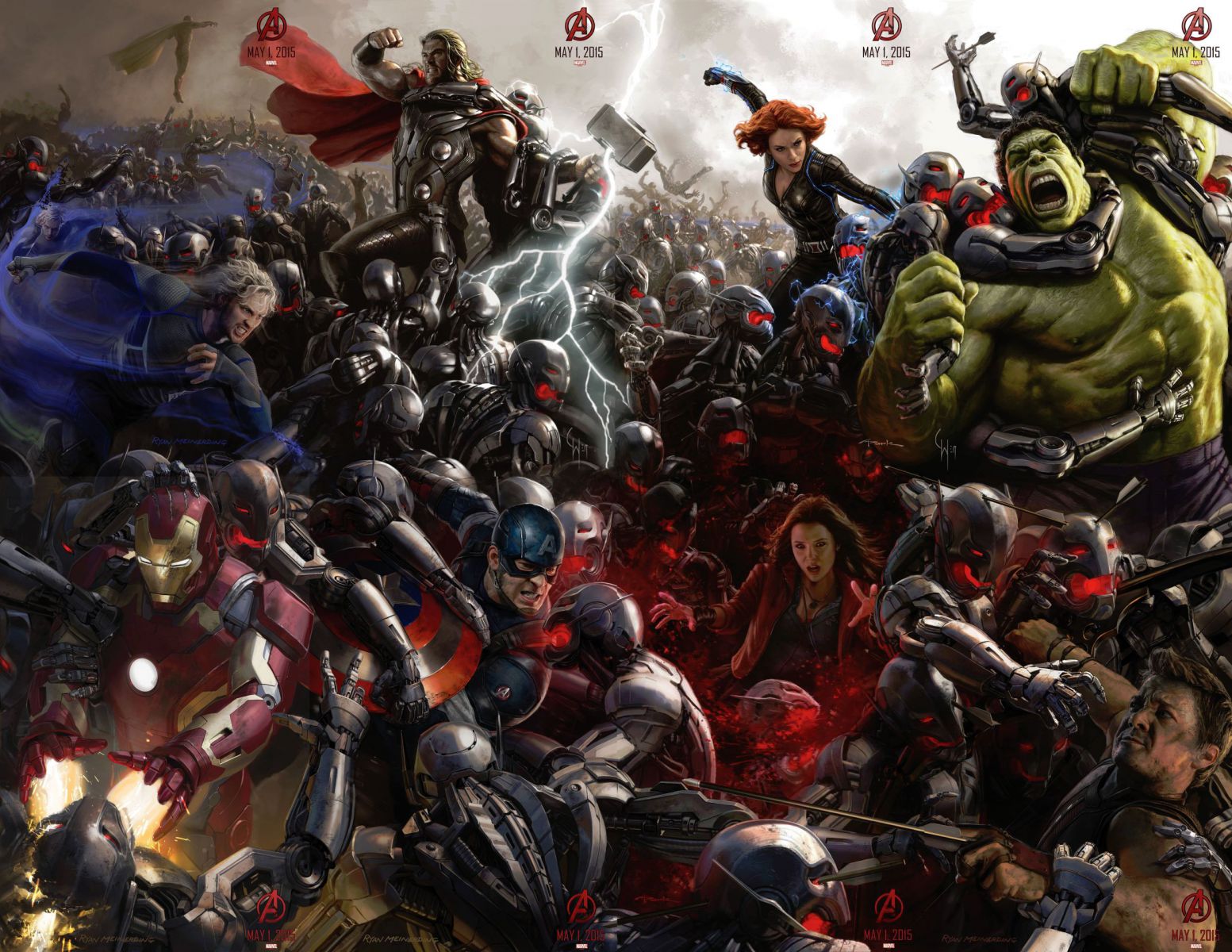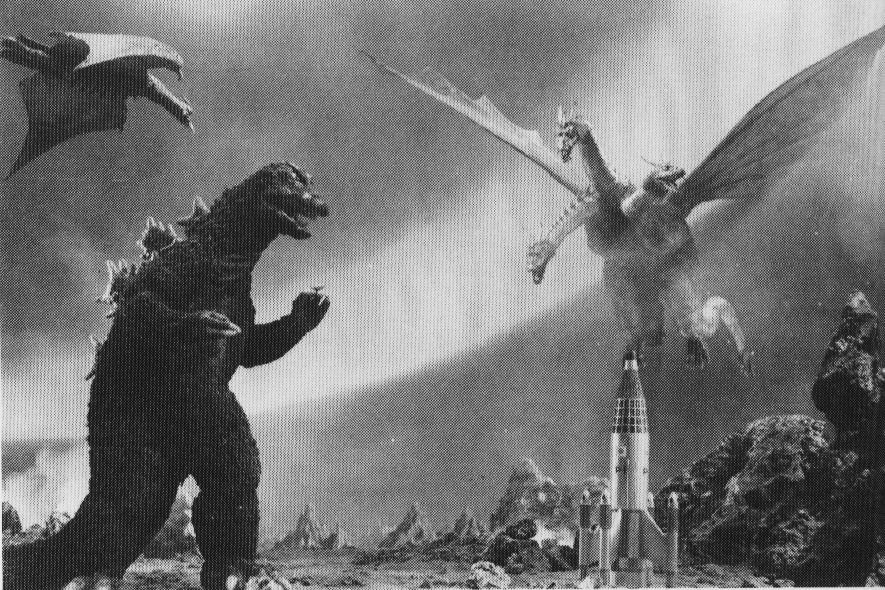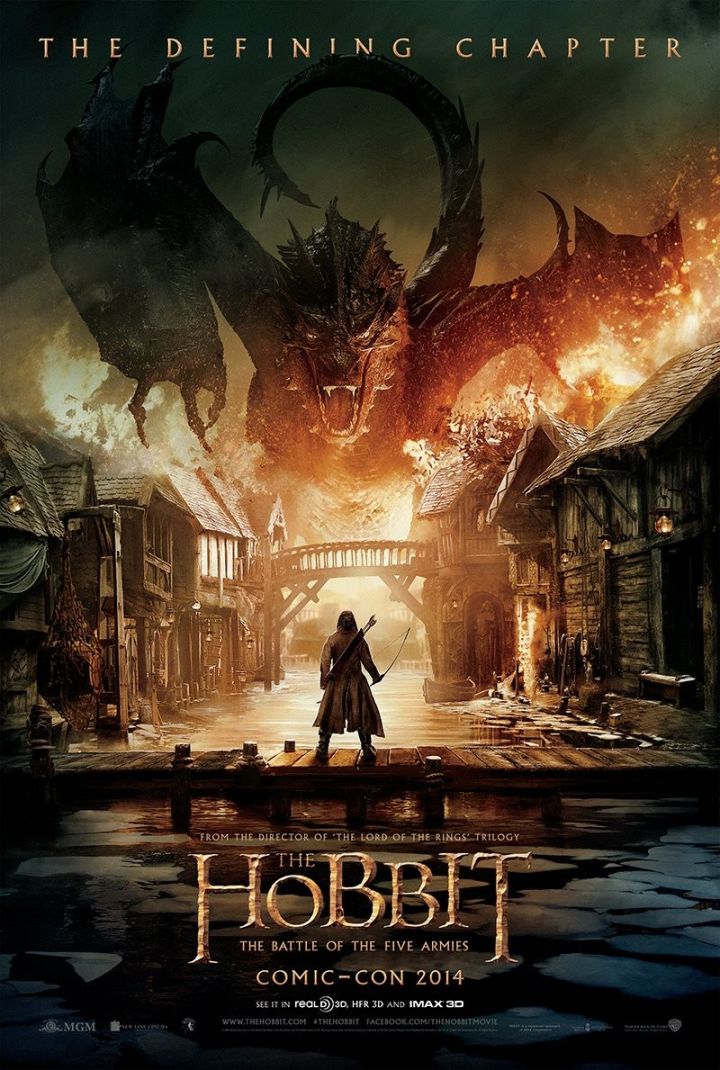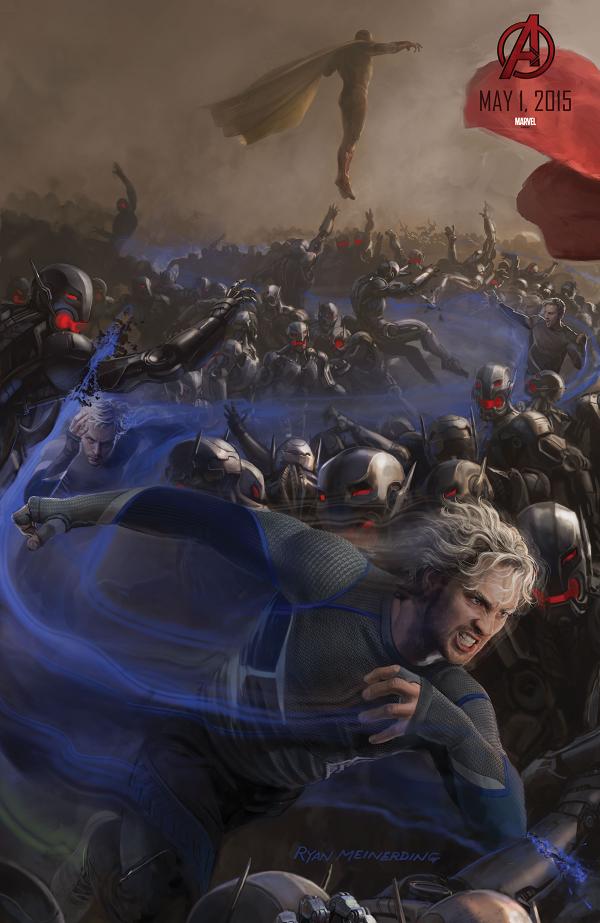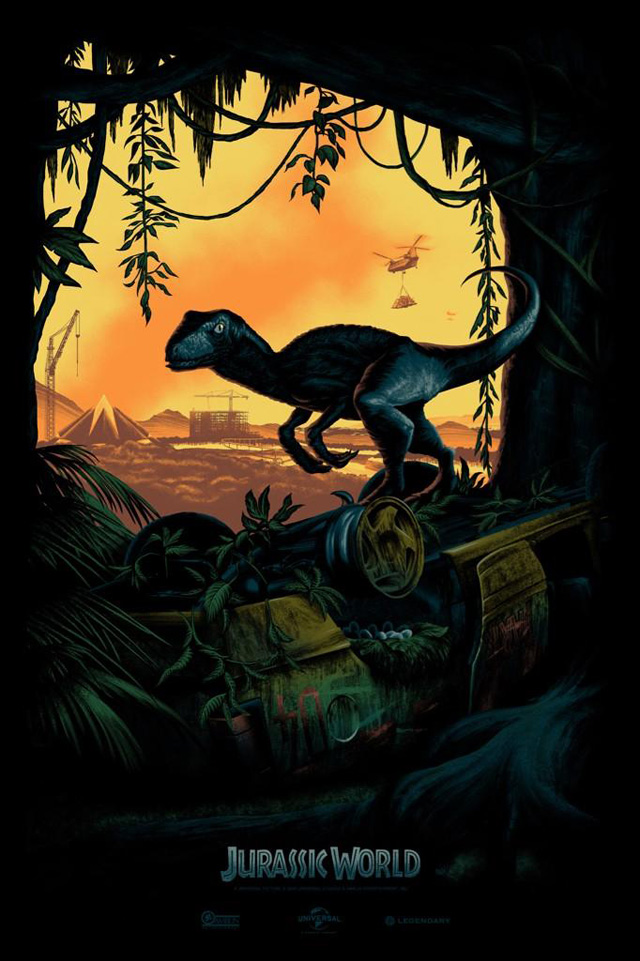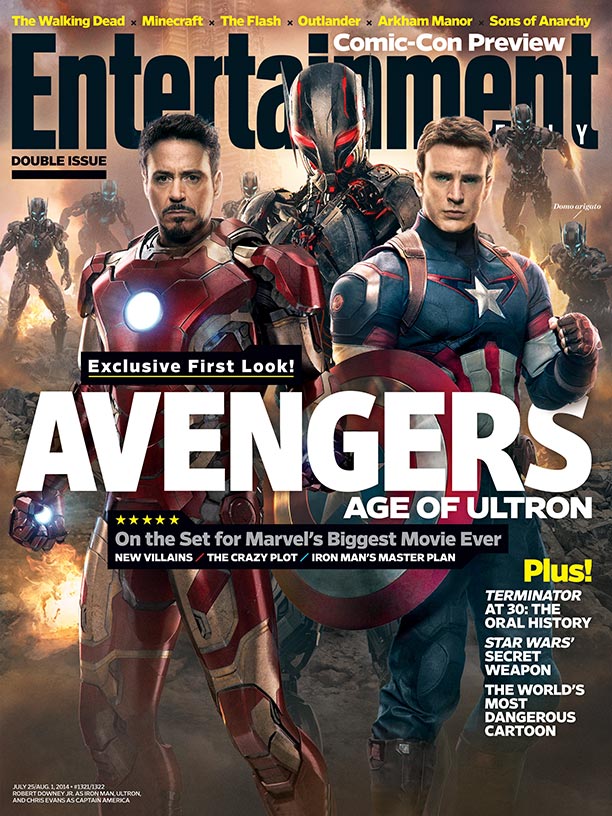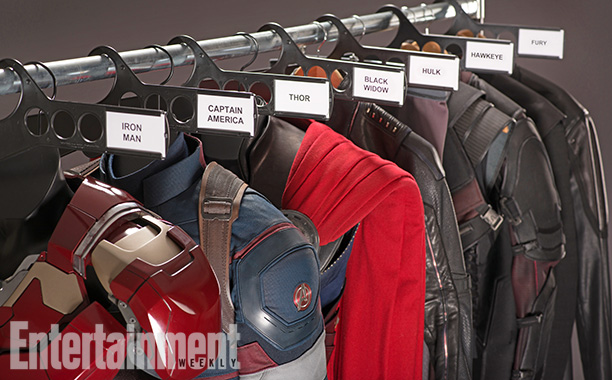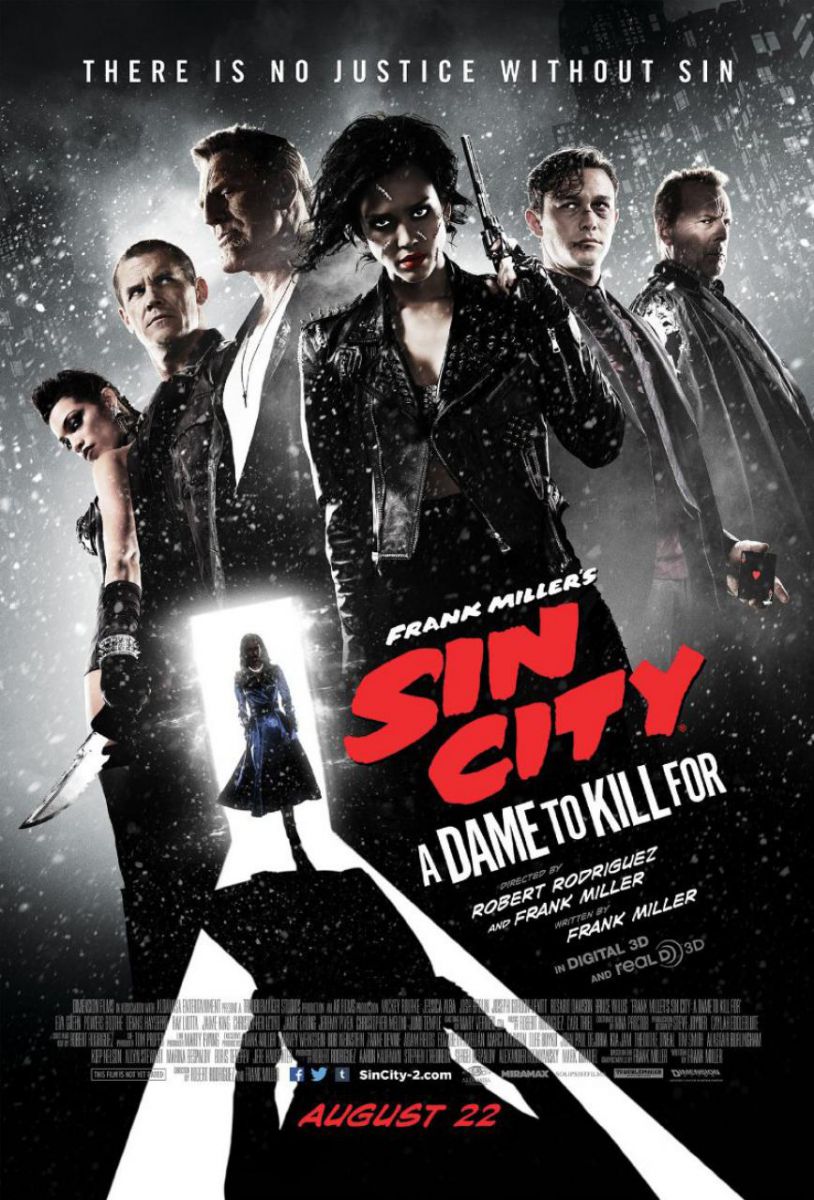Paragraaf 3.1:
Milieuproblematiek in historische context
Een
thema dat de gemoederen sterk bezig hield vanaf het midden van de
jaren zestig is milieuproblematiek. Het was grotendeels een nieuw
thema, hoewel het geïnspireerd werd door de werken van filosofen en
schrijvers van eerdere eeuwen, zoals Thomas Malthus en Henry Thoreau,
die al spraken over behoud van en respect voor de natuurlijke orde.
De deplorabele staat van het milieu werd in het midden van de
twintigste eeuw langzaamaan erkend, niet alleen door de ervaringen
van burgers, maar ook dankzij toonaangevende academische studies, die
wezen op de urgentie van het probleem: als er niet snel iets aan de
milieuproblematiek gedaan zou worden, dan zou dit op den duur
rampzalige gevolgen hebben voor de mensheid. Drie thema's, allen een
kleiner onderdeel van de milieuproblematiek als geheel en onderling
verbonden, speelden een prominente rol in de discussie over de staat
van de wereld, zowel in de toekomst als in het heden: overbevolking,
de toenemende schaarste van natuurlijke bronnen (inclusief voedsel)
en vervuiling.
Door
alle ophef die in korte tijd ontstaan was over het milieu, is het
niet vreemd dat ook het sciencefictiongenre zich met het thema
bezighield, wat leidde tot 'environmental
science fiction'.
Dit subgenre toonde het publiek een uitvergroting van verschillende
milieuproblemen die destijds veelbesproken werden en plaatste de
staat van het milieu in een dystopische context. Het
sciencefictiongenre sprong op de bovengenoemde thema's in, soms allen
tegelijkertijd, om werelden te schetsen waarin het milieu dankzij de
mens zodanig achteruit gegaan is dat ook het voortbestaan van de
mensheid zelf erdoor wordt bedreigd (zie paragraaf 3.2). Immers, de
verpesting van het milieu kan ook onze eigen leefomgeving schaden,
zoals al decennia lang bekend was: eerdere incidenten, zoals de 'Dust
Bowl' in de jaren dertig, wezen op de schadelijke effecten die
menselijk ingrijpen in het ecosysteem kon hebben. Ondanks eerdere
milieuproblemen duurde het echter tot de jaren zestig voordat men met
een serieuze blik tegen milieuproblematiek aan begon te kijken.
Deze
blik was bovendien massaal: milieubesef speelde nu bij een groot deel
van de Westerse bevolking, terwijl eerdere milieuproblemen en het
besef hiervan hoofdzakelijk op regionaal niveau speelden.
Wat
veroorzaakte deze nieuwe interesse in het milieu en de staat van de
natuur? 'Environmentalism'
(zoals deze interesse aangeduid wordt) was slechts één
van de vele uitingen van de enorme culturele en sociale veranderingen
in de Westerse samenleving in de jaren zestig.
In dit specifieke geval stuurden twee
verschillende factoren de groei van milieubesef dat typerend is voor
dit tijdperk aan. De eerste was economisch. Economie en milieu zijn
van oudsher met elkaar in conflict geweest, waarbij de wil om het
milieu te helpen overwegend ondergeschikt aan economische belangen
leek (tot op de dag van vandaag). Het belang van het milieu is leuk
en aardig, maar menselijke belangen en vooruitgang hebben voorrang
(ook al zijn mens en milieu met elkaar verbonden). In de loop van de
jaren vijftig en zestig had de westerse economie echter weinig te
klagen. In tegenstelling tot de periode voor de Tweede Wereldoorlog
ging het goed met de economische groei, wat leidde tot een niet
eerder behaald niveau van welvaart. En ondanks de Koude Oorlog,
inclusief conflicten in Korea (en later Vietnam), waren er geen
grootschalige militaire conflicten of andere problemen die de
aandacht van het publiek opeisten. In feite werd milieuproblematiek
nu een issue omdat men er, letterlijk, 'tijd voor over had': want de
welvaart zorgde voor meer vrije tijd en daardoor meer
openlucht-recreatie, waardoor de mensen meer tijd in de natuur
doorbrachten en zodoende meer interesse in de toestand van deze
natuur kregen.
Vergelijkbaar werd milieuproblematiek in de loop van de jaren
zeventig als issue 'naar de zijlijn' geschoven, toen de aandacht
gericht werd op nieuwe crises, zoals een toenemende economische
recessie en de uit de hand lopende situatie in Vietnam. Echter,
dankzij de basis die in de jaren zestig gelegd werd en de urgentie
waarmee milieuproblematiek werd geportretteerd, zou het niet meer
volledig verdwijnen, maar bleef het een belangrijk issue (hoewel
gesteld kan worden dat het nooit de aandacht kreeg die het nodig had,
aangezien veel milieuproblemen nog steeds voortduren).
De
tweede factor was sociaal en betrof het publiek dat het meest
betrokken was bij milieuproblematiek, namelijk de jongere generatie,
de babyboomers geboren in het decennium na de Tweede Wereldoorlog. In
tegenstelling tot eerdere generaties hadden deze jongeren geen
ervaring met economische depressies of oorlogen. Zacht gezegd ging
het deze generatie voor de wind: ze hadden alles wat ze nodig hadden,
inclusief toegang tot onderwijs. Via dit onderwijs kwam deze
generatie sneller in contact met de veelal academische werken die
betrekking hadden op milieugerichte issues. Bovendien zette deze
generatie zich in de loop van de jaren zestig af tegen hun ouders,
waarbij culturele stromingen ontstonden die andere waarden dan
ouderlijk gezag en materialisme hoog in het vaandel droegen (de
counter-culture), waaronder spiritualiteit en het hiermee gepaard
gaande respect voor de natuur (onder andere de hippie-beweging).
Tegenover de waarden van de maatschappij van hun ouders stelde deze
generatie een nieuwe set waarden op, met een nieuw perspectief op de
natuur dat zich niet richtte op het nut van de natuur voor de mens,
maar de plaats van de mens in de natuur: Pat Brereton noemt het 'a
culture of alternative values based in nature'.
De staat van het milieu werd aangegrepen als een punt van
demonstratie: de oudere generatie had de jongere een ongezonde wereld
gegeven, de jongere generatie moest nu actie ondernemen om het tij te
keren. Natuurlijk was dit niet het enige punt waarop de jeugd zich
richtte, maar het was een belangrijk thema in meerdere
jeugdculturen.
Net als voor de vorige factor geldt dat ook hier milieu als thema qua
publieke interesse ingeruild kon worden voor andere, meer actuele
thema's (hoofdzakelijk Vietnam), en op den duur naar de achtergrond
verdween, maar aanwezig bleef.

Het
werk dat de toon zette voor de publicaties die erop volgden en de
publieke opinie richting milieubesef stuurden, was een boek getiteld
Silent
Spring,
geschreven door Rachel Carson, gepubliceerd in 1963.
Het werk handelde over de schade die pesticiden aanrichtten op zowel
de natuur als de mens zelf. Uiteraard was het niet het eerste werk
dat een milieuprobleem aan de kaak stelde met de bedoeling mensen
erover te informeren. Echter, het was wel het eerste werk dat op een
dusdanig grote schaal gelezen werd dat het de publieke opinie ervan
overtuigde om de overheid aan te sporen actie te ondernemen om het
gevaar van pesticiden terug te dringen. Carsons werk werd gevolgd
door verschillende andere invloedrijke studies, vooral vanuit
academische disciplines, die de aandacht richtten op een hoeveelheid
milieuproblemen, grootschalig en kleinschalig, en mensen ervan
overtuigden dat onze wereld er niet best aan toe was: dit was ook het
specifieke doel van zulke boeken.
Hoewel
dergelijke studies hielpen om aandacht voor milieuproblemen te
vergroten, waren de oplossingen die auteurs na Carson boden niet
altijd realistisch. In 1968 verscheen het boek The
Population Bomb
van Dr. Paul Ehrlich, dat handelde over de verschrikkingen die
ongecontroleerde bevolkingsgroei zou veroorzaken. Ehrlich meende dat
overbevolking op den duur zou leiden tot de ondergang van de
menselijke beschaving, omdat het gebrek aan natuurlijke bronnen en
voedselschaarste zouden leiden tot extreme hongersnood en oorlogen.
Het boek hanteert echter een overdreven pessimistische, alarmerende
toon, en sommige toekomstige situaties die Ehrlich schetst zijn te
fantastisch voor woorden, zoals het wegens voedseltekort uitbreken
van een nucleaire oorlog in 1979 die twee-derde van de Aarde zo
verwoest dat alleen kakkerlakken overleven. Het leek in 1968
onwaarschijnlijk dat de wereldbevolking in tien jaar tijd zo zou
groeien dat voedseltekort in 1979 een atoomoorlog zou uitlokken.
Bovendien bood Ehrlichs werk rigoureuze, onrealistische oplossingen
om overbevolking tegen te gaan, zoals het met militaire middelen
afdwingen van het tegengaan van bevolkingsgroei in
ontwikkelingslanden door machtige landen als de VS.
In zijn poging om de oorzaken van overbevolking te duiden, schopte
Ehrlich tegen een hoop heilige huisjes aan, inclusief religie,
wetenschap en de Westerse regeringen: als de mens bewaard wou blijven
tegen de effecten van ongebreidelde bevolkingsgroei, dan zou de
internationale samenleving grondig moeten veranderen. Uiteraard bleef
zijn boek niet gespeend van harde kritiek, zoals De Steiguer
aangeeft:
The
Population Bomb
had quite simply savaged some of the most cherished values of western
culture. Ehrlich was not asking the public merely for a little fine
tuning to resolve the problems of population growth and
environmental degradation. Instead, he was calling for a major
societal restructuring.
Het
is niet merkwaardig dat Ehrlichs opvattingen onder vuur kwamen te
liggen, hoofdzakelijk vanuit de religieuze hoek die hij aanviel, en
ook door mede-academici fel tegengesproken werd. Ondanks
begrijpelijke kritiek bleek The
Population Bomb
een bestseller, wat ertoe leidde dat de waarschuwing voor
overbevolking verspreid werd onder een groot publiek. De boodschap,
het waarschuwen van het publiek voor milieuproblemen, was de
hoofdzaak voor dergelijke boeken. Zoals in de volgende paragraaf
beschreven zal worden is deze situatie vergelijkbaar met
milieuproblematiek in het sciencefictiongenre, waarin de getoonde
doemscenario's ook niet allemaal even realistisch zijn, maar het
publiek desondanks op de hoogte gebracht wordt van bestaande
problemen.
Naast
Ehrlichs sensationele werk waren er ook meer wetenschappelijk
verantwoorde studies over vergelijkbare onderwerpen die voor de
nodige opschudding zorgden. Hieronder bevond zich The
Limits of Growth
(1972), een projectie van een wereldmodel in toekomstige jaren. Deze
studie werd uitgevoerd door de Club van Rome, een internationale
denktank (bestaande uit wetenschappers en staatslieden) die met dit
onderzoek wilde voorspellen welke effecten bevolkingsgroei en de
stand van natuurlijke bronnen zouden hebben op de menselijke
ontwikkeling.
De conclusies van The
Limits of Growth
waren zorgwekkend en kwamen op lange termijn grotendeels overeen met
die van Ehrlich: ongeremde bevolkingsgroei en de hiermee gepaard
gaande vervuiling en schaarste zouden verregaande nadelige
consequenties hebben. Grenzen aan de menselijke groei waren
onvermijdelijk en moesten een internationaal punt van zorg worden.
Zowel
The
Population Bomb
als The
Limits of Growth
gaven 'critical
dystopias'
weer: pessimistische toekomstvoorspellingen waarvoor het publiek
moest waken opdat ze geen bewaarheid zouden worden. Inhoudelijk
verschillen deze toekomstbeelden niet veel van de dystopia's die het
sciencefictiongenre schetste, met het verschil dat de
wetenschappelijke onderbouwing (zelfs in Ehrlichs geval) in deze
boeken een sterker gevoel van urgentie leverden dan het werk van de
filmindustrie.
De
werken van Carson, de Club van Rome en andere auteurs in deze periode
hadden een blijvende invloed op hun lezers, bezorgde burgers die de
overheid ertoe aanzetten actie te ondernemen om het menselijk
leefmilieu niet langer geschonden te laten worden. In de loop van de
zeventiger jaren werd er een aantal belangrijke wetten vervaardigd
die het milieu moesten beschermen, zoals de National Environmental
Policy Act (1970) en de Endangered Species Act (1973).
Via de hierboven genoemde studies kreeg het publiek 'environmental
awareness',
wat niet alleen leidde tot verbeterde wetgeving omtrent het milieu,
maar ook het ontstaan van organisaties die het publiek met hun
activiteiten blijvend op de hoogte hielden van het milieu en de
noodzaak ervoor te vechten, zoals de Earth Day festivals (eerste
festival 1970) en Greenpeace (opgericht in 1971).
Het is belangwekkend om de rol van
technologie bij deze milieuproblematiek te betrekken. Technologie is
immers in zekere zin verantwoordelijk voor het veroorzaken van
milieuproblematiek. Technologische ontwikkeling zorgt voor een hogere
levensstandaard en de welvaart die daarmee gepaard gaat, maar
tegelijk ook voor het verlagen van de natuurlijke standaard, dankzij
het in cultuur brengen van de natuur voor uitsluitend menselijke
belangen. Hoewel technologische ontwikkeling en bevolkingsgroei niet
per se samengaan – immers, de bevolking stijgt het snelst in de
Derde Wereld onder bevolkingsgroepen die weinig technologie tot hun
beschikking hebben – zorgt de hogere levensstandaard die
technologie biedt voor meer consumentisme en industrie en de daarmee
gepaard gaande vervuiling. Bepaalde technologie, zoals pesticiden of
atoomenergie, vormt een grote bedreiging voor het mondiale milieu.
Het milieu lijkt weinig baat te hebben bij de menselijke
ontwikkeling.
Echter,
sinds de jaren zestig is het milieubesef van de mens toegenomen, en
daarmee ook diens bereidheid milieuproblemen op te lossen met behulp
van technologie. Technische ontwikkeling kan immers ook ten bate van
het milieu ingezet worden. Technologie helpt bij het creëren van
schone energiebronnen of bij het tegengaan of opruimen van
vervuiling. Dit 'technologisch optimisme' is echter frequent gebruikt
als argument om niet
te stoppen met vervuilen, aangezien technologie alles wel op zou
kunnen ruimen.
Wat dit betreft is het eens temeer een kwestie van hoe technologie
gebruikt wordt, en kan niet de vinger naar technologie an
sich
gewezen worden: technologie is niet de boosdoener, de mens die haar
misbruikt is dat.

Het
is niet verwonderlijk dat men vertrouwen plaatste in technologie, die
milieuproblemen kon oplossen. Desondanks waarschuwden schrijvers het
publiek dat er niet teveel vertrouwen in technologie geplaatst moet
worden. Technologie alleen kan de problemen niet simpelweg oplossen,
hiervoor is internationale bereidheid nodig, zelfs een algehele
verandering in het denken over de menselijke rol in het mondiale
milieu. Een factor die een aanzet gaf tot een dergelijke verandering
in menselijk denken was de 'Blue
Marble',
de eerste foto van de Aarde gemaakt vanuit de ruimte (gemaakt in
1972).
Deze foto is symbolisch voor de mogelijkheden van technologie, maar
tegelijkertijd haar falen. De mensheid is erin geslaagd de ruimte in
te gaan om de wereld in zijn geheel te kunnen overzien. De
Aarde blijkt een afgebakend gebied, dat niet oneindig te exploiteren
valt: zij is één
geheel, en haar ecosysteem wordt in zijn geheel bedreigd door de
mensheid. De wereld die de foto toont geeft aan dat er geen fysieke
grenzen zijn op Aarde, maar toch kan de mens het niet eens worden
over de internationale bestrijding van milieuproblemen.
Technologische ontwikkeling is onvoldoende zolang het menselijk
denkkader over het milieu niet mee ontwikkelt.
Wat de milieuproblematiek immers zo
problematisch maakt, is haar internationale karakter. De natuur houdt
zich niet aan menselijke grenzen, maar is een wereldwijd systeem.
Zodoende zal de mensheid op globaal niveau moeten samenwerken om
milieuproblemen op te lossen. De verdeeldheid van de mensheid in
naties of machtsblokken vormt daarbij een groot obstakel. Het is niet
voldoende als enkele landen ecologisch gaan handelen terwijl andere
landen ongestoord doorgaan met vervuilen. De bereidheid van landen om
samen te werken tegen milieuproblemen liet in de jaren zeventig (en
nog steeds) te wensen over, destijds sterker dankzij het antagonisme
in de Koude Oorlog. Technologie kan in een dergelijk klimaat niet
effectief genoeg de milieuproblematiek bestrijden.
De dystopische, milieubewuste
sciencefictionfilms tonen werelden waarin technologie grote
mogelijkheden heeft geschapen (ruimtevaart, robots, etc.), maar
waarin technologie tegelijk gefaald heeft om milieuproblematiek aan
te pakken. De in deze films getoonde problemen zijn
grensoverschrijdend, wat erop wijst dat niet de techniek, maar de
mens heeft gefaald: de mensheid kan niet samenwerken, waardoor de
problemen aanwezig bleven en verergerden, en de hele mensheid hebben
getroffen.


